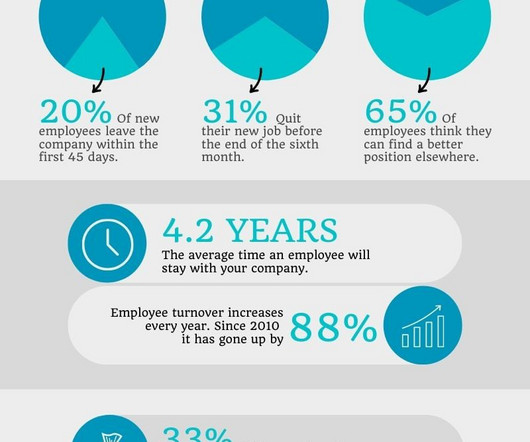Frontline Worker Trends in 2023
Broadleaf
FEBRUARY 13, 2023
Types of frontline workers include health care, education, child care, food and goods, transportation, and utilities. million unfilled jobs by 2030 while the digital transformation of the industry continues to progress creating a worker skills gap. ” Related: Should You Offer Personalized Benefits to Your Employees?














Let's personalize your content